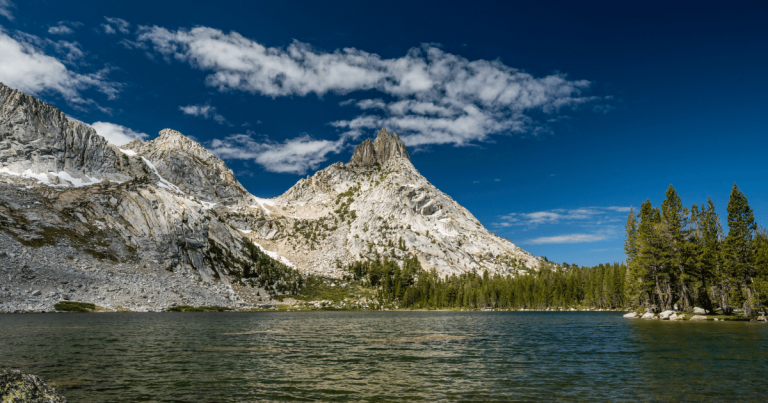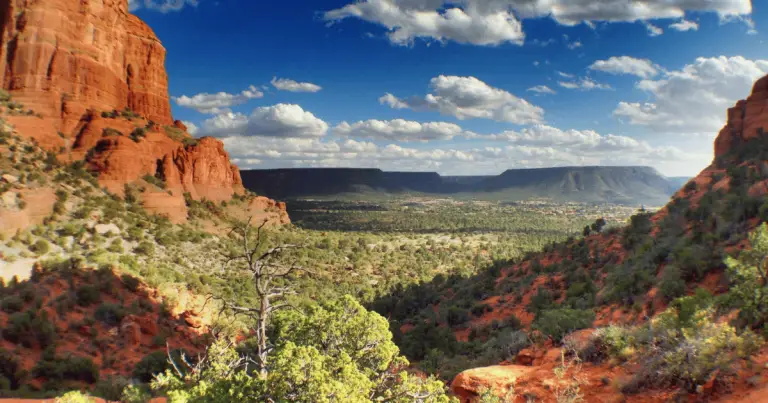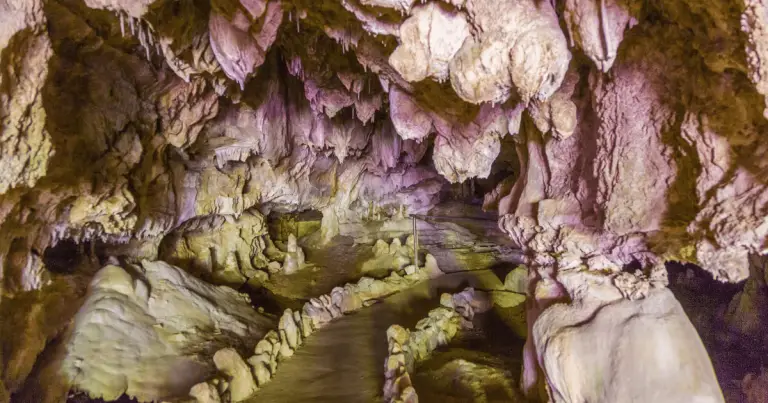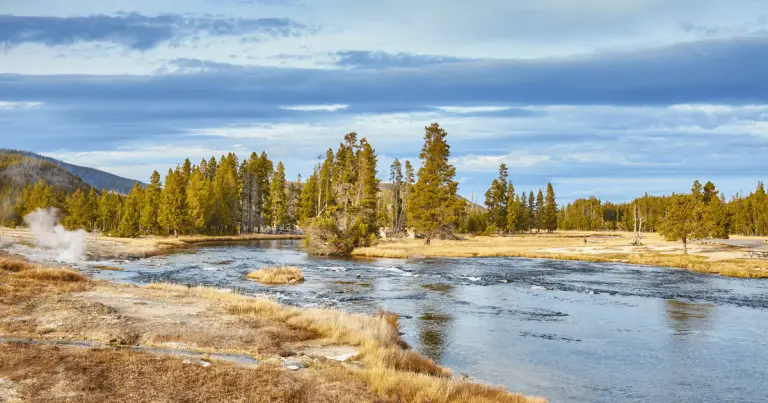Exploring the Wondrous Views of Desert View Drive Grand Canyon
The Grand Canyon is one of America’s most breathtaking natural wonders, attracting millions of visitors from around the world every year. Exploring the vast canyon can be a remarkable experience, and there’s no better way to take in the beauty of the Grand Canyon than by driving on Desert View Drive.

Starting the Journey: Grand Canyon Village to Desert View Point
The journey begins at Grand Canyon Village, a bustling and picturesque hub for visitors. Nestled on the South Rim of the Grand Canyon, the village offers a variety of accommodations, dining options, and shopping spots. But it’s the awe-inspiring views of the canyon that truly make the village a standout.
Among the key attractions in Grand Canyon Village is the historic El Tovar Hotel, a charmingly rustic lodging that has hosted numerous famous guests since its opening in 1905. Another notable point of interest is the Bright Angel Trailhead, a popular starting point for hikes into the canyon. The village is also home to several informative visitor centers, where you can learn about the park’s history, geology, and wildlife.
From Grand Canyon Village, the journey continues on Desert View Drive, a scenic 25-mile route that winds along the rim of the canyon, offering stunning views and access to several vista points and historical sites. The drive culminates at Desert View Point, an elevated observation area boasting panoramic views of the canyon and the Colorado River.
The South Rim Drive Experience
As you traverse the South Rim on Desert View Drive, each twist and turn offers a new perspective of the canyon’s magnificent landscapes. The drive is punctuated by numerous designated viewpoints, each providing a unique panoramic view of the canyon’s vast expanse. These viewpoints are strategically positioned around the most scenic parts of the rim, ensuring that travelers get the chance to fully appreciate the canyon’s splendor.
From sheer cliffs that drop into the canyon’s depths to flat-topped mesas that seem to stretch infinitely, the views along Desert View Drive are nothing short of breathtaking. As you navigate through the drive, you will encounter awe-inspiring sights of the Colorado River winding its way through the canyon floor, the play of light on the multi-colored rock strata, and the majestic silhouette of the canyon against the backdrop of a setting sun, each view more spectacular than the last. Experiencing the panoramic views from these viewpoints is a visceral reminder of nature’s grandeur and the timeless beauty of the Grand Canyon.

Arrival at Desert View Point
As you arrive at Desert View Point, the final stop on your journey, you are greeted by an unparalleled panorama of the Grand Canyon’s East Rim and the Painted Desert. This vantage point provides an awe-inspiring spectacle of the Colorado River making a grand curve through the canyon, the dramatic panorama accentuated by the vast expanse of the Painted Desert in the background.
Highlights of Desert View Point
Desert View Point offers more than just panoramic views. This location is a cultural crossroads featuring historical structures, an impressive visitor center, and a rich Native American heritage. It’s a great spot to take in the grandeur of the canyon while learning about the people who have been a part of its history.
The Iconic Desert View Watchtower
One of the primary highlights at Desert View Point is the iconic Desert View Watchtower. This impressive stone structure stands as a sentinel on the edge of the rim, reaching a height of 70 feet. Designed by architect Mary Colter in 1932, the watchtower is an homage to the ancestral Puebloan towers found throughout the Four Corners region.
The Desert View Watchtower is not merely a scenic overlook, but also a tribute to the rich cultural heritage of the region. Inside, the tower features a series of murals by Hopi artist Fred Kabotie, depicting various aspects of Hopi mythology and culture.
Climbing the tower’s winding staircase rewards you with an expansive view of the Grand Canyon unlike any other. The sight from the top is breathtaking, making the Desert View Watchtower an unforgettable end to your journey along Desert View Drive.
Captivating Points of Interest Along the Drive
Desert View Drive is home to several points of interest that add richness and diversity to your journey. Among them are Moran Point, Lipan Point, and Navajo Point.
Moran Point
Moran Point, named after the famed landscape artist Thomas Moran, is a wonder for photographers and nature enthusiasts alike. The area’s unique geological features provide a stunning backdrop to any photograph. Here, you can see a prominent layer of red rock known as the Redwall Limestone that stands out distinctly in the canyon walls, a testament to the area’s rich geological history.
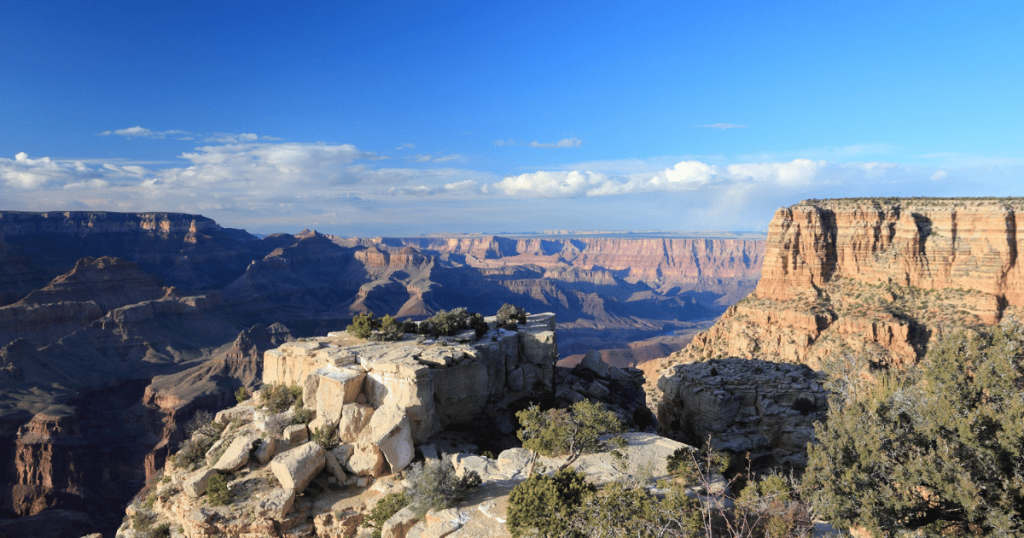
The best times for photography at Moran Point are sunrise and sunset when the canyon’s hues are at their most vibrant. The rising and setting sun casts a magical golden light on the Redwall Limestone, creating a visually spectacular panorama that is a dream for any photographer.
The sun’s rays illuminate the canyon’s depths, revealing the intricacies of the terrain and enhancing the contrast and vibrancy of the scene. Capturing the essence of the Grand Canyon at Moran Point is about more than just catching the perfect light, it’s about encapsulating the profound sense of awe one feels when confronted with the sheer magnitude and splendor of this natural wonder.
Lipan Point
Situated at a high elevation, Lipan Point offers some of the most stunning views of the Colorado River and the Grand Canyon. Its strategic location allows visitors an expansive view of the river as it winds through the canyon floor. The prominent bend in the river at this point, framed by multicolored rock formations, makes for a visually arresting spectacle.
The geological formations visible from Lipan Point are a testament to millions of years of natural history. Most notable is the view of the Tanner Graben; a geological feature caused by the land sinking due to activity along faults. This dramatic drop in the terrain, visible from Lipan Point, offers a distinct perspective on the forces at work in the shaping of the Grand Canyon. One also gets to witness the layers of the Paleozoic Era, each layer representing a distinct chapter in the canyon’s geological history.
Interpreting these geological formations provides a glimpse into the dynamic processes that have shaped this landscape over eons. From the erosion caused by the mighty Colorado River and tributary creeks to the tectonic forces resulting in the uplift of the Colorado Plateau, each layer and formation tells a part of this epic geological tale.
Navajo Point: Cultural Insights
Navajo Point, the highest overlook on the South Rim of the Grand Canyon, presents visitors with an unrivaled view of the vast expanse of this natural wonder. Named in honor of the indigenous Navajo people who reside in the area, this viewpoint reflects a deep historical and cultural significance. From this vantage point, you can see not only the Colorado River and the Painted Desert but also the San Francisco Peaks on the distant horizon.
The Grand Canyon holds a significant place in Native American history and culture, particularly for the Navajo people. The Navajo, or Diné as they call themselves, view the Grand Canyon as a sacred place, filled with the teachings and lore of their ancestors. Their perspectives on the Grand Canyon go beyond its physical magnificence, delving into a profound spiritual and cultural connection with the land.
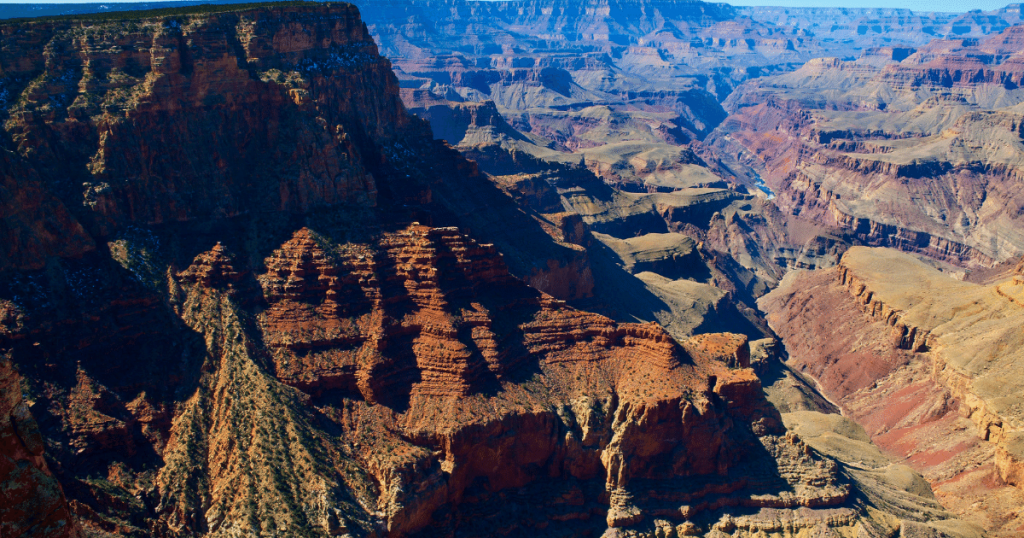
The canyon’s diverse landscapes represent different aspects of the Navajo’s rich folklore. For instance, the varying hues of the canyon walls are believed to embody the colors used by the Holy People – Navajo deities – in the creation of the world. The stunning sunrise and sunset views seen from Navajo Point are seen as sacred transitions between day and night, each holding different meanings and teachings in Navajo culture.
This cultural viewpoint offers a fresh dimension to visitors, imbuing their experience with a sense of reverence and understanding that goes beyond the visual spectacle. It underscores the need for respectful interaction with this natural wonder, acknowledging its central place in the life, history, and spirituality of the Navajo people.
Final Thought
A journey along Desert View Drive offers an unforgettable encounter with the raw grandeur and timeless allure of the Grand Canyon. Each viewpoint, from Moran Point’s photographer’s paradise, Lipan Point’s geological showcase, to Navajo Point’s cultural tapestry, provides a unique perspective on this iconic American landmark.
Along the drive, you not only witness the stunning, ever-changing vistas of the canyon but also delve into the rich layers of geological and cultural history that have shaped this awe-inspiring landscape over eons. As you traverse this scenic route, you’re invited to pause, reflect, and marvel at the grandeur of nature, the passage of time, and the enduring spirit of the indigenous cultures that have revered this sacred land for centuries.

